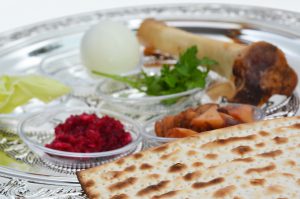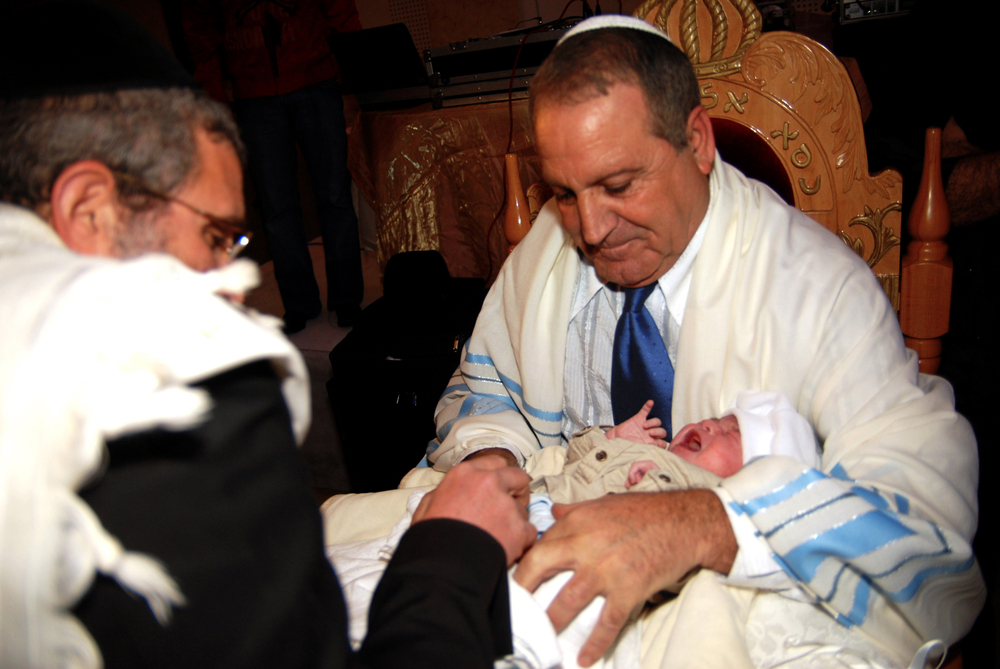Warming Food on Shabbos
< Lesson 6: Save My Burning Cholent!
Lesson 7: Heating Up Food On Shabbos Day
In this seventh lesson about warming food on Shabbos (Shabbat), Rabbi Rappaport discusses the various methods of warming up fully-cooked food on Shabbos day.
There is no Torah prohibition against warming up cold, fully-cooked food on Shabbos, provided it is a dry food and not a liquid.
However, one may not warm up the cold food in the oven, or on the blech in Zones A or B, where it is yad soledes bo (see Lesson 2), because of the issue of “mechzi k’mivashel” – it appears as if you are baking or cooking something on Shabbos.
So what can you do?
Option 1: The Radiator
One may place the food on the radiator, even though it may be very hot, because it is not a place where one normally cooks or bakes, and the food is already fully-cooked.
Option 2: Near the Flame
The food can be placed on the counter, adjacent to the flame, where it will get warm but has no direct contact with the heat.
Option 3: Hefsek Kedeirah – On a Hot Pot of Food
The most recommended method is something called “hefsek kedeirah” – putting the food on top of a hot pot of food that is already cooking, which acts as a separation between the source of the heat and the food that is to be warmed up.
So if you have cholent in a crock pot, or in a pot on the blech, you can balance the food on top of it. If there is a pot handle in the way, you can take, for example, an overturned baking pan, place it on top of the pot, and then put your kugel on top of that. This way if you leave the kugel there long enough, it will get hot.
Now, let’s say you have a pan of chicken that you’d like to warm up. Remember, the food has to be fully cooked and dry, so if there is gravy in the pan of chicken, even if congealed, you would not be allowed to heat it up as it will return to its liquid form when reheated. Instead, you can remove the pieces of chicken from the pan and place them in a precut foil or another pan, and place that on top of the pot alongside the kugel. (It’s okay if a small, insignificant amount of gravy comes along.)
Option 4: On An Empty Pan Over a Blech
Another option that not all agree with (ask your local Orthodox rabbi), is to take an empty baking pan and put it upside down on the blech, and put the food on top of that to heat it up.
Option 5: A Hot Plate
Many people use a hot plate (or Plata) on Shabbos instead of a blech. Some rabbis are of the opinion that if there are no controls, so the temperature is not adjustable, the fully-cooked food can be placed directly on the hot plate. Others are of the opinion that if it’s hot enough that the food would get cooked or baked, one should not use it even for fully-cooked food without placing a separator on top. Again, you should consult your local Orthodox rabbi for practical guidance.
Lesson 8: Making Coffee and Tea on Shabbos >
Rabbi Pinchus Rappaport is a respected rabbi who received his Rabbinic ordination from Yeshiva of Staten Island, under the tutelage of Rabbi Moshe Feinstein. He currently serves as a rabbi in Brooklyn, NY.
Since halachic opinions vary among the rabbis of different communities, Oorah and Rabbi Rappaport encourage you to direct any questions to, and get halachic guidance from, your local Orthodox rabbi. You may, however, rely on this video and email Rabbi Rappaport with questions in the interim, at askrpr2@gmail.com.
Shared as a zechus l’iluy nishmas Moshe Zeev ben Aryeh Leib


